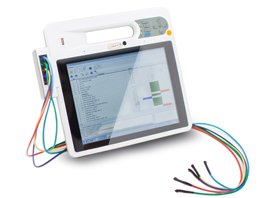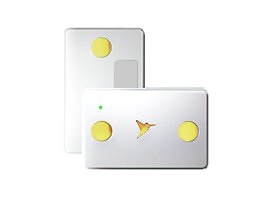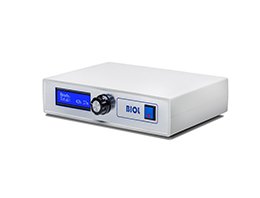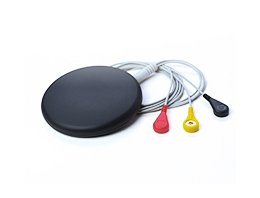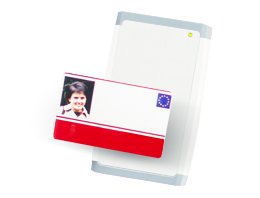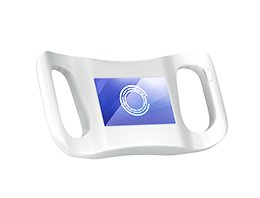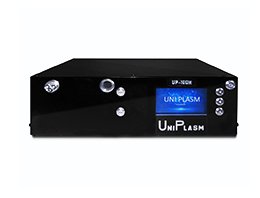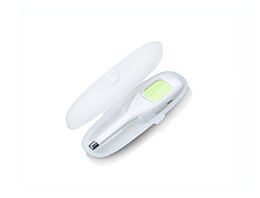Detaches access to product documentation for their updates and webinars.
Ability to make orders online.
Receive operational technical support.
Discuss the diagnosis and use of medical equipment in the professional community.
Receive notifications with special offers and be the first to see a demo version of implementing innovative tools.
Register nowFAQ
Non-invasive diagnostics is safe for the patient and doctor. The technology of examination without blood sampling excludes the possibility of accidental infection of the patient due to contact with body fluids. With the help of non-invasive screening diagnostics, it is possible to determine the main indices of homeostasis: CBC and biochemical parameters, electrolytes, glucose, cholesterol, main indicators of hemodynamics and cardio mechanics (ECG), blood pressure, blood flow of internal organs, oxygen saturation of blood, totally more than 100 parameters of health. After the survey, patient's medical data are kept in computer memory, whereof they can be uploaded to the CRM of a health or medical institution as to analyse by other experts (if necessary and by consent of the patient).
The technology is based on the examination of human organism ability to change the activity of ergotropic autonomic nervous function depending on the frequency and force of impact of various environmental factors with the subsequent synthesis and decomposition of substances in the body. One of the apparent indicators of such activity is the temperature of the human body, which changes under the influence of both external and internal factors. The measured temperature at five indicated points on the human body, heart rate and respiratory rate, together with the individual physiological data of a patient (weight, age, gender) are analyzed by an artificial neural network for 6-12 minutes. The entire operation algorithm is implemented in USPIH® software. Temperature measurement is performed by high-precision digital sensors (microprocessors). Capabilities of the neural network make it possible to determine 135 medical indicators. In the resulting report of examination, parameters of human's health conditions are presented in the international measure units SI or SGS.
Noninvasive screening diagnostics is useful for primary examination of a patient, clinical examination of patients and monitoring of people with chronic diseases regularly, as well as for periodic health examinations of employees at enterprises.
The patient must be over 18 years old. Medical device ANESA is not allowed to be used in pediatrics, in critical and urgent states, in intensive care units and for patients after chemotherapy or radiotherapy, after blood transfusion, as well as for patients with type I diabetes and acute renal disease.
Yes, it is necessary. We have several recommendations in that regards, namely: 1) the measurement process can be carried out by nurses or paramedics, who have undergone a training course; 2) the interpretation of the test results is carried out only by highly-qualified medical professionals, i.e. a physicians/doctors.

